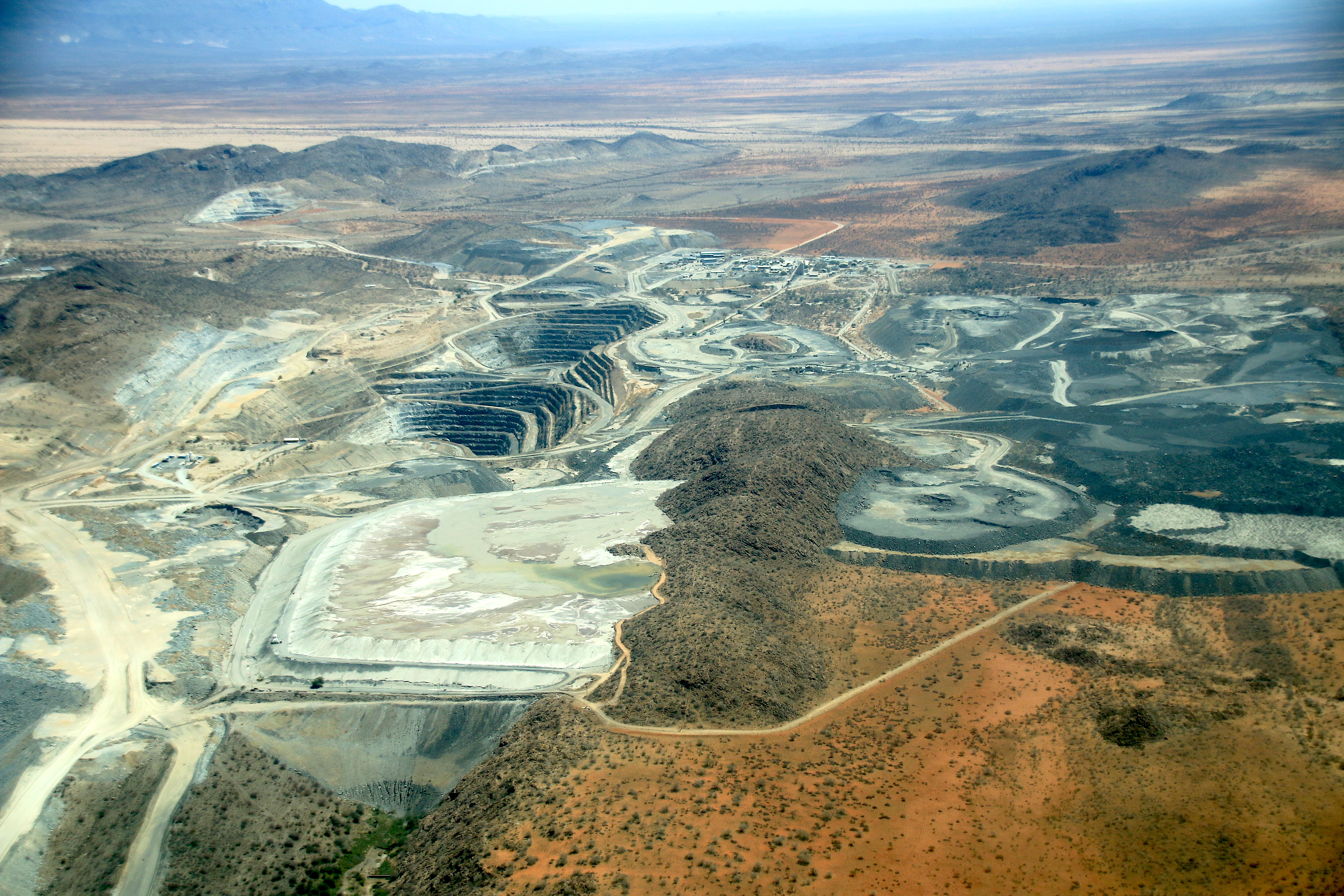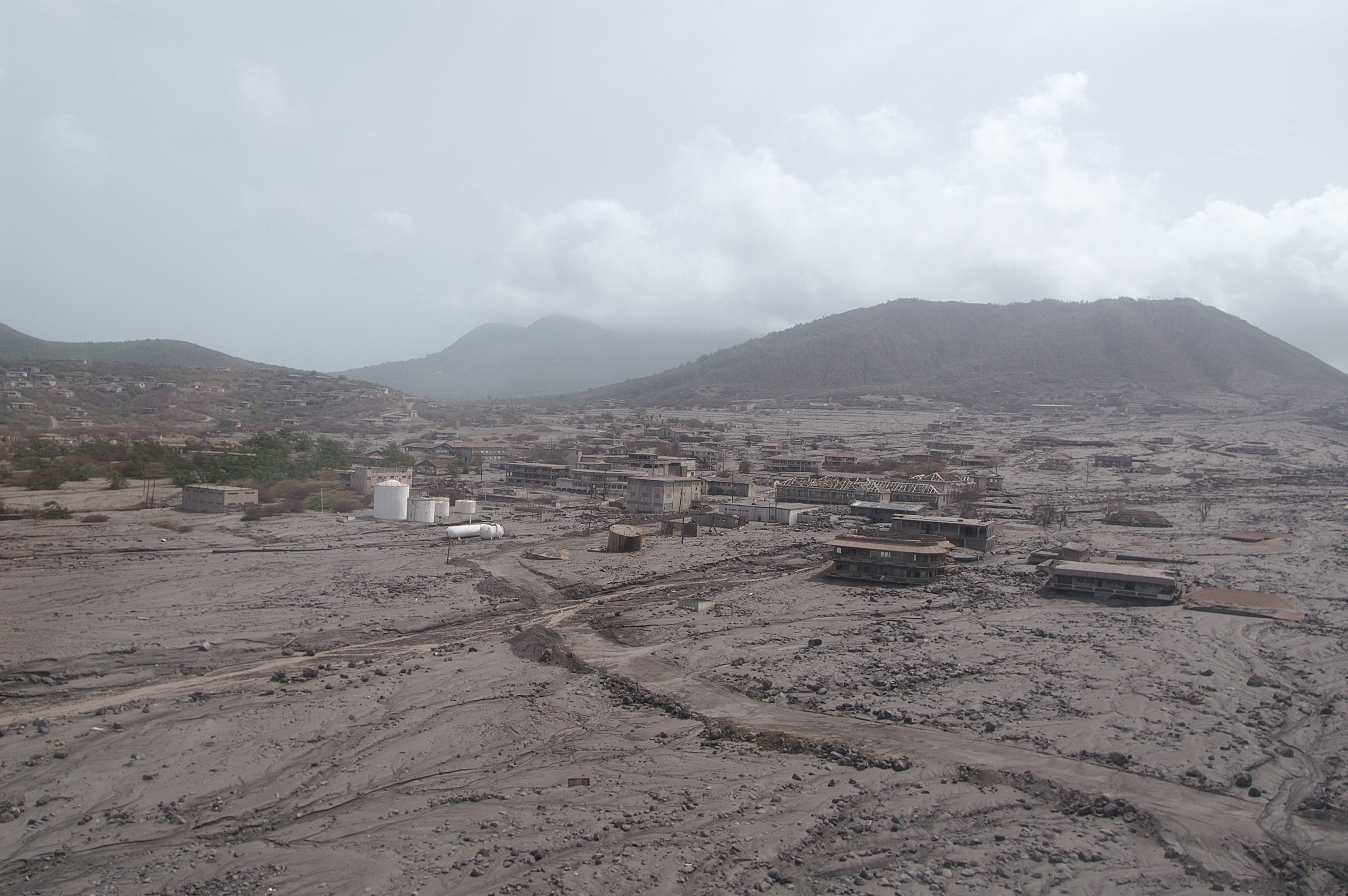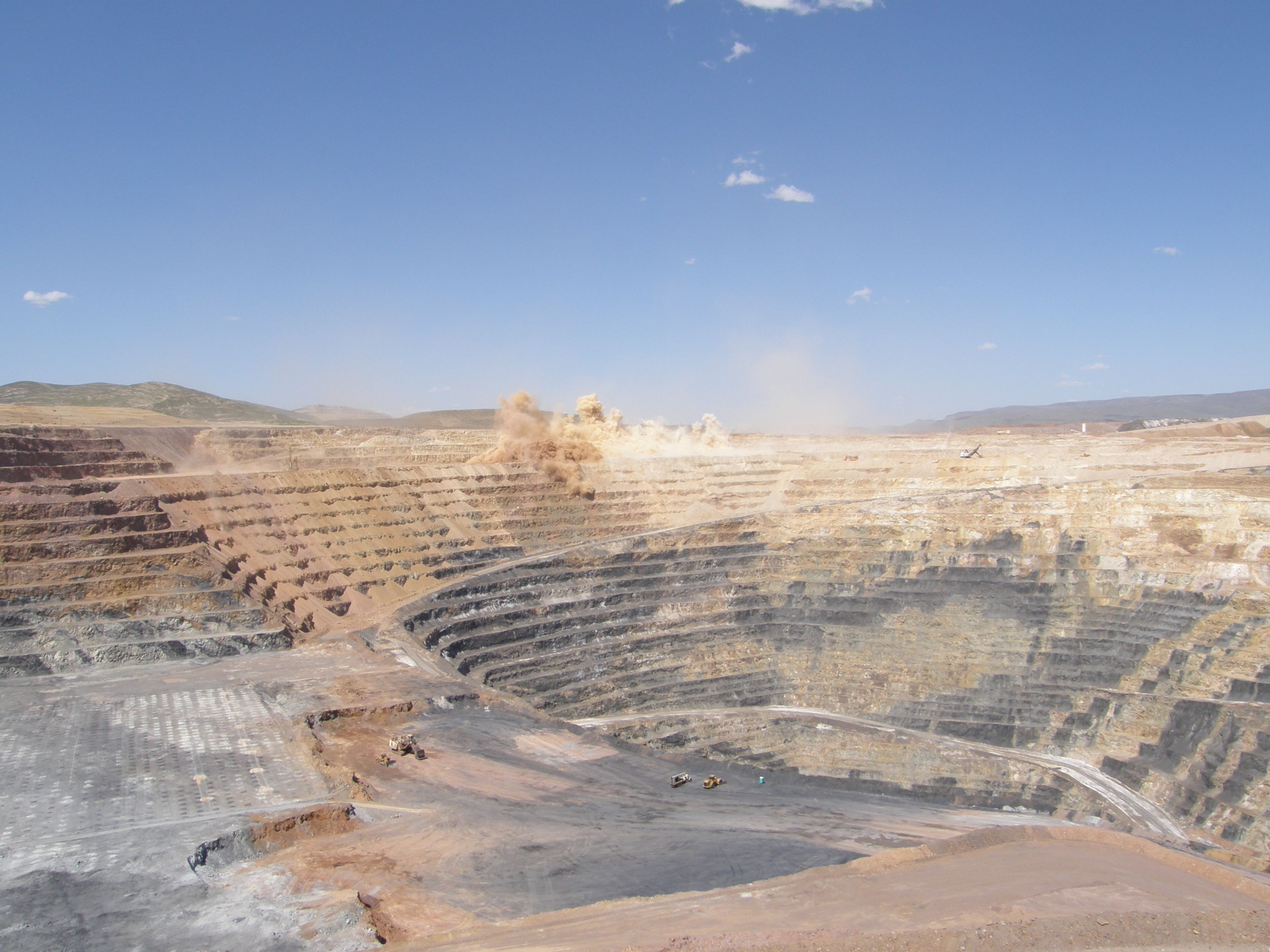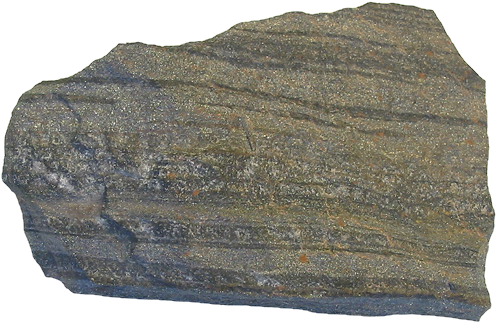|
Uis De Forestier,
Uis is a settlement located in the Erongo Region, Namibia. It belongs to the Dâures electoral constituency. Located in the former Damaraland, it is known for the local mineral wealth. The settlement was established in 1958 as workers' settlement to exploit local tin deposits. It has approximately 3,600 inhabitants and, before being downgraded from "village" to "settlement" in 2010, owned of land. Uis is located at the foot of the Brandberg, Namibia's highest mountain. The Brandberg is home to the world famous The White Lady rock painting, said by some to be over 20,000 years old. Being also situated on the C36, the main road between the coast and the Damaraland interior, there is a reasonable amount of traffic, by far the main source of economic activity in Uis. The settlement holds a small supermarket, guesthouses and a restcamp, a bakery and a petrol station, together with a few other small shops. The ephemeral Uis River, a tributary to the Ugab River, passes the settlement ... [...More Info...] [...Related Items...] OR: [Wikipedia] [Google] [Baidu] |
List Of Villages And Settlements In Namibia
Villages and settlements in Namibia are distinguished by the status the Government of Namibia has vested in them: Places in Namibia that are governed by a village council are ''villages'', they are the smallest entities of local government. All other places except cities and towns are not self-governed, they are called ''settlements''. Villages Namibia has 18 villages, each of them governed by a village council of up to five seats. Village councils are elected locally and have the authority to set up facilities like water, sewerage and cemeteries without the approval of the Minister of Urban and Rural Development. They may also declare streets and public places, collect fees for the services they provide, and buy immovable property without asking for explicit approval. The eighteen villages are: Settlements Settlements in Namibia are non self-governed populated places. While they may have a dedicated person responsible for their administration, this person is not elect ... [...More Info...] [...Related Items...] OR: [Wikipedia] [Google] [Baidu] |
Windhoek
Windhoek (; ; ) is the capital and largest city of Namibia. It is located in central Namibia in the Khomas Highland plateau area, at around above sea level, almost exactly at the country's geographical centre. The population of Windhoek, which was 486,169 in 2023, is constantly growing due to a continued migration from other regions in Namibia. Windhoek is the social, economic, political, and cultural centre of the country. Nearly every Namibian national enterprise, governmental body, educational and cultural institution is headquartered there. The city developed at the site of a permanent hot spring known to the local pastoral tribes. It developed rapidly after Jonker Afrikaner, Tribal chief, Captain of the Orlam, settled there in 1840 and built a stone church for his community. In the decades following, multiple wars and armed hostilities resulted in the neglect and destruction of the new settlement. Windhoek was founded a second time in 1890 by Imperial German Army Major Cu ... [...More Info...] [...Related Items...] OR: [Wikipedia] [Google] [Baidu] |
Populated Places In The Erongo Region
Population is a set of humans or other organisms in a given region or area. Governments conduct a census to quantify the resident population size within a given jurisdiction. The term is also applied to non-human animals, microorganisms, and plants, and has specific uses within such fields as ecology and genetics. Etymology The word ''population'' is derived from the Late Latin ''populatio'' (a people, a multitude), which itself is derived from the Latin word ''populus'' (a people). Use of the term Social sciences In sociology and population geography, population refers to a group of human beings with some predefined feature in common, such as location, Race (human categorization), race, ethnicity, nationality, or religion. Ecology In ecology, a population is a group of organisms of the same species which inhabit the same geographical area and are capable of Sexual reproduction, interbreeding. The area of a sexual population is the area where interbreeding is possi ... [...More Info...] [...Related Items...] OR: [Wikipedia] [Google] [Baidu] |
Mining In Namibia
Mining is the biggest contributor to Namibia's economy in terms of revenue. It accounts for 25% of the country's income. Its contribution to the gross domestic product Gross domestic product (GDP) is a monetary measure of the total market value of all the final goods and services produced and rendered in a specific time period by a country or countries. GDP is often used to measure the economic performanc ... (10.4% in 2009, 8.5% in 2010, 9.5% in 2011, 12.3% in 2012, 13.2% in 2013, 11.6% in 2014) is also very important and makes it one of the largest economic sectors of the country. Namibia produces diamonds, uranium, copper, magnesium, zinc, silver, gold, lead, Gemstone, semi-precious stones and industrial minerals.KPMG (2014). Namibia. Country Mining Guide'. KPMG INTERNATIONAL. p.3 The majority of revenue (7.2% of GDP in 2011) comes from diamond mining. In 2014, Namibia was the fourth-largest exporter of non-fuel minerals in Africa. Overview Namibia has a long traditio ... [...More Info...] [...Related Items...] OR: [Wikipedia] [Google] [Baidu] |
Ghost Town
A ghost town, deserted city, extinct town, or abandoned city is an abandoned settlement, usually one that contains substantial visible remaining buildings and infrastructure such as roads. A town often becomes a ghost town because the economic activity that supported it (usually industrial or agricultural) has failed or ended for any reason (e.g. a host ore deposit exhausted by mining). The town may have also declined because of natural or human-caused disasters such as floods, prolonged Drought, droughts, extreme heat or extreme cold, government actions, uncontrolled lawlessness, war, pollution, or nuclear and radiation accidents and incidents, nuclear and radiation-related accidents and incidents. The term can sometimes refer to cities, towns, and neighborhoods that, though still populated, are significantly less so than in past years; for example, those affected by high levels of unemployment and dereliction. Some ghost towns, especially those that preserve period-specific ... [...More Info...] [...Related Items...] OR: [Wikipedia] [Google] [Baidu] |
Die Republikein
''Republikein'' () is an Afrikaans-language newspaper published daily in Namibia and the country's largest Afrikaans-language newspaper in terms of print circulation. Its editor-in-chief is Henriette Lamprecht. History The newspaper was founded by Dirk Mudge Dirk Frederik Mudge (16 January 192826 August 2020) was a Namibian politician. He served in several high-ranking positions in the South African administration of South West Africa, was the chairman of the 1975–1977 Turnhalle Constitutional Con ... in December 1977 under the name ''Die Republikein''. It served as a mouthpiece of the Republican Party of Namibia (RP) at that time. The first editor was Johannes Petrus Spies. When the RP joined the Democratic Turnhalle Alliance (DTA), a merger of several parties, the newspaper became the unofficial organ of the DTA. In 1991, ''Republikein'' was bought by the Democratic Media Holdings (DMH). After several disputes between DTA and DMH during the 1990s, the media house bro ... [...More Info...] [...Related Items...] OR: [Wikipedia] [Google] [Baidu] |
Namib Base Minerals
The Namib ( ; ) is a coastal desert in Southern Africa. According to the broadest definition, the Namib stretches for more than along the Atlantic coasts of Angola, Namibia, and northwest South Africa, extending southward from the Carunjamba River in Angola, through Namibia and to the Olifants River in Western Cape, South Africa. The Namib's northernmost portion, which extends from the Angola-Namibia border, is known as Moçâmedes Desert, while its southern portion approaches the neighboring Kalahari Desert. From the Atlantic coast eastward, the Namib gradually ascends in elevation, reaching up to inland to the foot of the Great Escarpment. Annual precipitation ranges from in the aridest regions to at the escarpment, making the Namib the only true desert in southern Africa. Having endured arid or semi-arid conditions for roughly 55–80 million years, the Namib may be the oldest desert in the world and contains some of the world's driest regions, with only western South Ame ... [...More Info...] [...Related Items...] OR: [Wikipedia] [Google] [Baidu] |
Walvis Bay
Walvis Bay (; ; ) is a city in Namibia and the name of the bay on which it lies. It is the List of cities in Namibia, second largest city in Namibia and the largest coastal city in the country. The city covers an area of of land. The bay is a haven for sea vessels due to its natural deep-water harbour, protected by the Pelican Point sand spit, which is the only natural harbour of any size along the country's coast. Being rich in plankton and marine life, these waters also draw large numbers of southern right whales, attracting whalers and fishing vessels. A succession of colonists developed the location and resources of this strategic harbour settlement. The harbour's value about the sea route around the Cape of Good Hope had caught the attention of world powers since it was discovered by the outside world in 1485. The importance of the harbour, combined with its extreme isolation by land, explains the complicated political history of the town. For much of its history, Walvis ... [...More Info...] [...Related Items...] OR: [Wikipedia] [Google] [Baidu] |
Apartheid
Apartheid ( , especially South African English: , ; , ) was a system of institutionalised racial segregation that existed in South Africa and South West Africa (now Namibia) from 1948 to the early 1990s. It was characterised by an authoritarian political culture based on ''baasskap'' ( 'boss-ship' or 'boss-hood'), which ensured that South Africa was dominated politically, socially, and economically by the nation's minority White South Africans, white population. Under this minoritarianism, minoritarian system, white citizens held the highest status, followed by Indian South Africans, Indians, Coloureds and Ethnic groups in South Africa#Black South Africans, black Africans, in that order. The economic legacy and social effects of apartheid continue to the present day, particularly Inequality in post-apartheid South Africa, inequality. Broadly speaking, apartheid was delineated into ''petty apartheid'', which entailed the segregation of public facilities and social ev ... [...More Info...] [...Related Items...] OR: [Wikipedia] [Google] [Baidu] |
Open-cast
Open-pit mining, also known as open-cast or open-cut mining and in larger contexts mega-mining, is a surface mining technique that extracts rock or minerals from the earth. Open-pit mines are used when deposits of commercially useful ore or rocks are found near the surface where the overburden is relatively thin. In contrast, deeper mineral deposits can be reached using underground mining. Open-pit mining is considered one of the most dangerous sectors in the industrial world. It causes significant effects to miners' health, as well as damage to the ecological land and water. Open-pit mining causes changes to vegetation, soil, and bedrock, which ultimately contributes to changes in surface hydrology, groundwater levels, and flow paths. Additionally, open-pit produces harmful pollutants depending on the type of mineral being mined, and the type of mining process being used. Extraction Miners typically drill a series of test holes to locate an underground ore body. From the ... [...More Info...] [...Related Items...] OR: [Wikipedia] [Google] [Baidu] |
Ore Grade
Ore is natural rock or sediment that contains one or more valuable minerals, typically including metals, concentrated above background levels, and that is economically viable to mine and process. The grade of ore refers to the concentration of the desired material it contains. The value of the metals or minerals a rock contains must be weighed against the cost of extraction to determine whether it is of sufficiently high grade to be worth mining and is therefore considered an ore. A complex ore is one containing more than one valuable mineral. Minerals of interest are generally oxides, sulfides, silicates, or native metals such as copper or gold. Ore bodies are formed by a variety of geological processes generally referred to as ore genesis and can be classified based on their deposit type. Ore is extracted from the earth through mining and treated or refined, often via smelting, to extract the valuable metals or minerals. Some ores, depending on their composition, may pose ... [...More Info...] [...Related Items...] OR: [Wikipedia] [Google] [Baidu] |
South Africa
South Africa, officially the Republic of South Africa (RSA), is the Southern Africa, southernmost country in Africa. Its Provinces of South Africa, nine provinces are bounded to the south by of coastline that stretches along the Atlantic Ocean, South Atlantic and Indian Ocean; to the north by the neighbouring countries of Namibia, Botswana, and Zimbabwe; to the east and northeast by Mozambique and Eswatini; and it encloses Lesotho. Covering an area of , the country has Demographics of South Africa, a population of over 64 million people. Pretoria is the administrative capital, while Cape Town, as the seat of Parliament of South Africa, Parliament, is the legislative capital, and Bloemfontein is regarded as the judicial capital. The largest, most populous city is Johannesburg, followed by Cape Town and Durban. Cradle of Humankind, Archaeological findings suggest that various hominid species existed in South Africa about 2.5 million years ago, and modern humans inhabited the ... [...More Info...] [...Related Items...] OR: [Wikipedia] [Google] [Baidu] |








